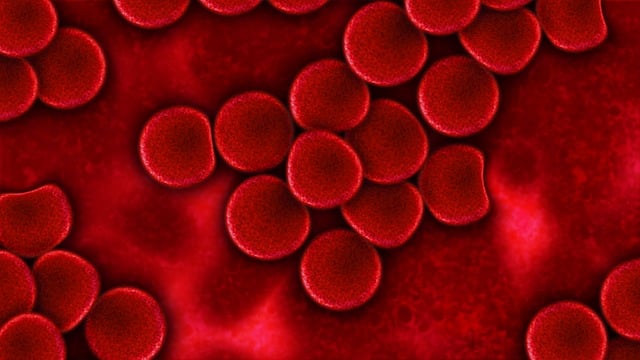
Artivion has secured the premarket application (PMA) approval of Perclot Absorbable Hemostatic System from the US Food and Drug Administration (FDA) for controlling bleeding in some open and laparoscopic surgical procedures.
PerClot is made up of plant starch that is altered to produce an adhesive haemostatic powder. It is said to absorb water from the blood quickly to create a gelled matrix that sticks to and produces a mechanical barrier with the bleeding tissue.
In July 2021, the US-based cardiac and vascular surgery company, which was formerly known as CryoLife, agreed to divest the PerClot product line to Baxter International in a deal worth up to $60.8m.
As per the terms of the previously signed agreements, Artivion will transfer the PMA ownership to Baxter following approval.
Artivion said that after it is paid a milestone payment of $18.75m, the company will begin shipment of the product to Baxter. The former will pay $4.5m from the payment to its ex-partner Starch Medical.
In line with its agreements with Baxter, Artivion will supply PerClot to the latter for a minimum of 21 months. This will be till manufacturing operations are fully transferred to either Baxter or its designee.
Artivion chairman, president, and CEO Pat Mackin said: “We are excited to receive FDA approval of PerClot, which represents a significant step forward in optimising patient care by addressing intraoperative bleeding.
“We continue to see Baxter as the perfect partner to commercialise PerClot due to its expertise in blood management and its strong haemostat portfolio, with corresponding customer relationships.”
Baxter had previously stated that the deal strengthens its strategy of acquiring products and technologies which complement as well as augment its portfolio across the hospital.
Baxter advanced surgery business president Steve Wallace said: “I would like to thank the team at Artivion for their partnership throughout the FDA review and approval process.
“The addition of PerClot to Baxter’s portfolio further enhances our ability to optimise patient care by addressing a broad range of intraoperative bleeding with both active and passive haemostatic solutions.”






